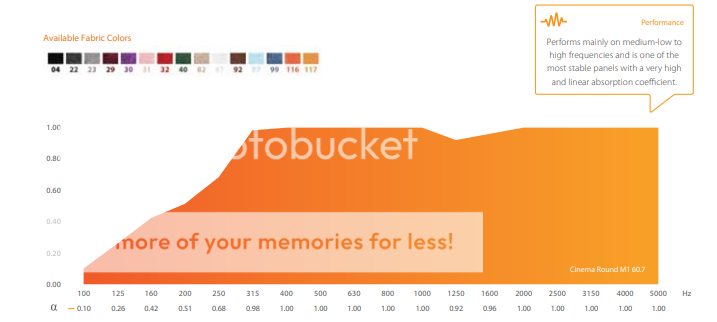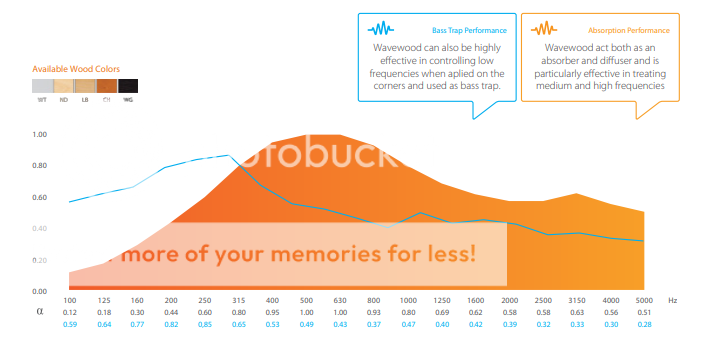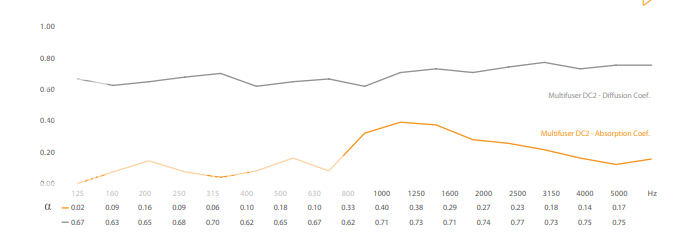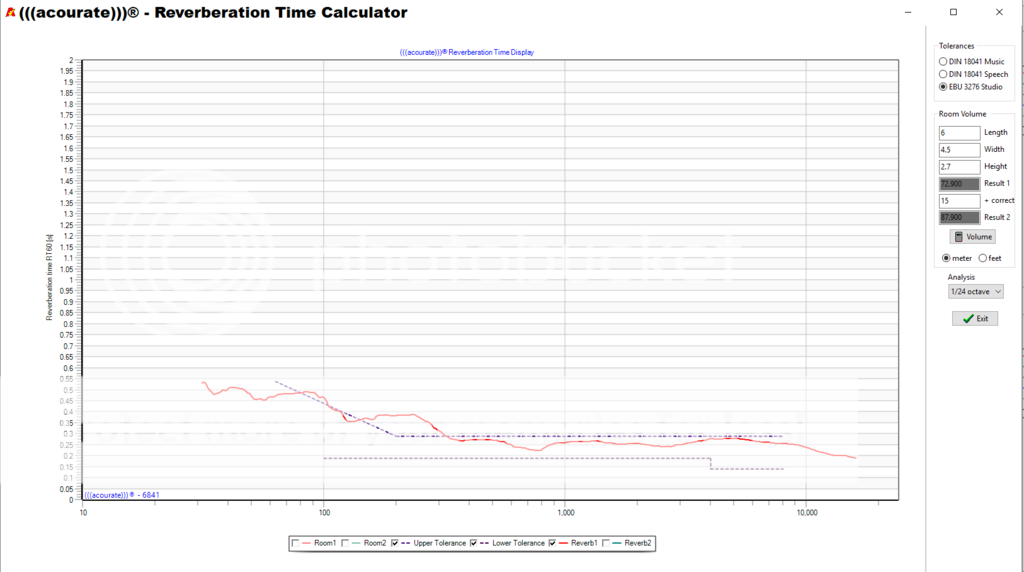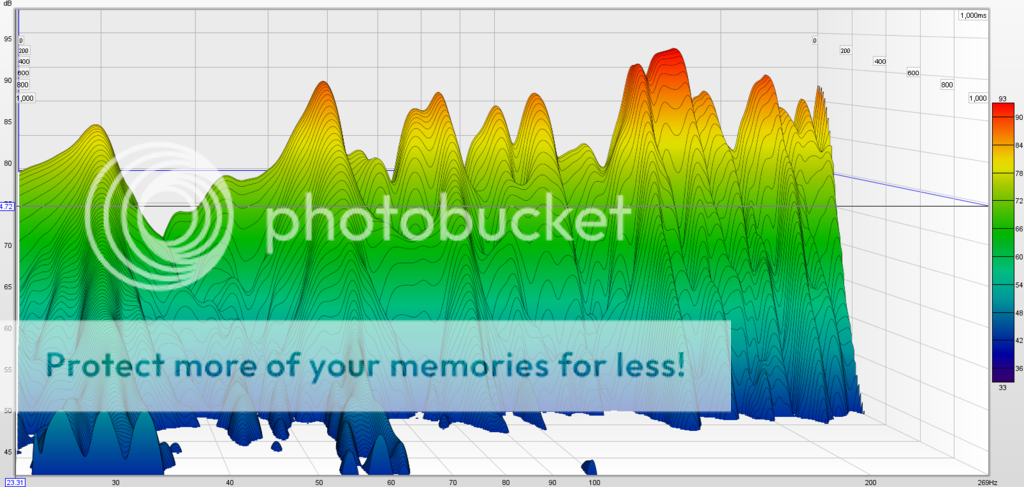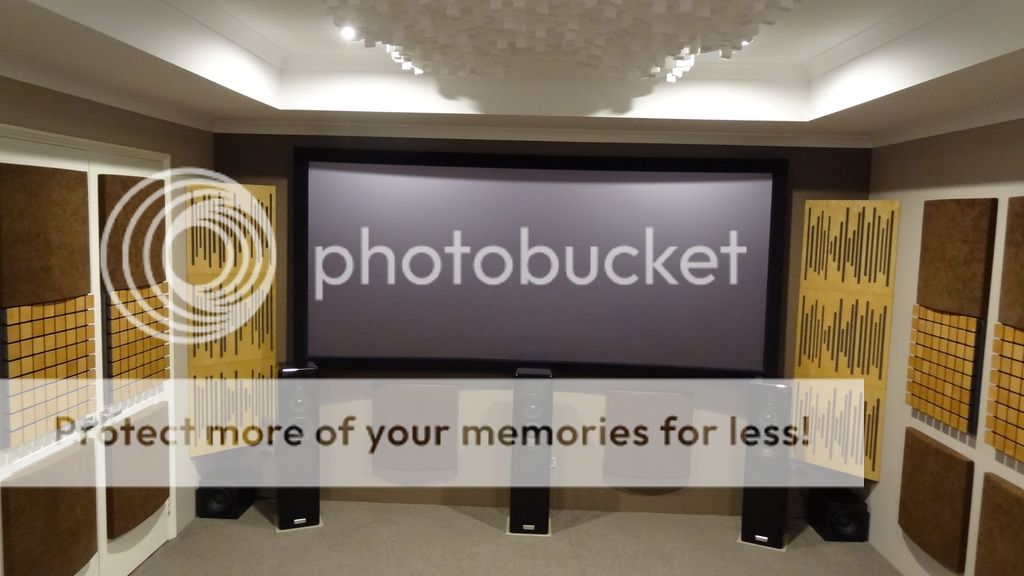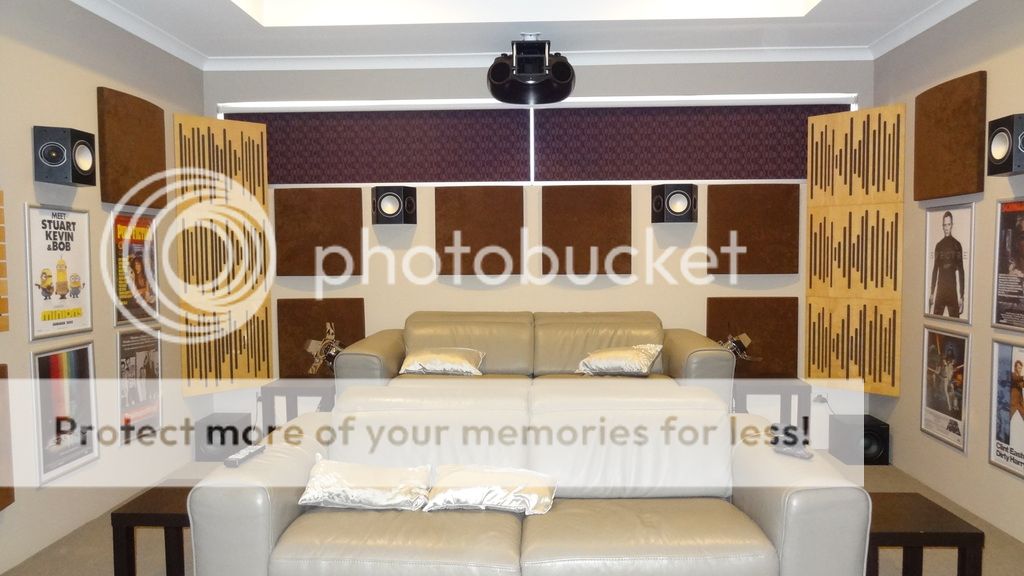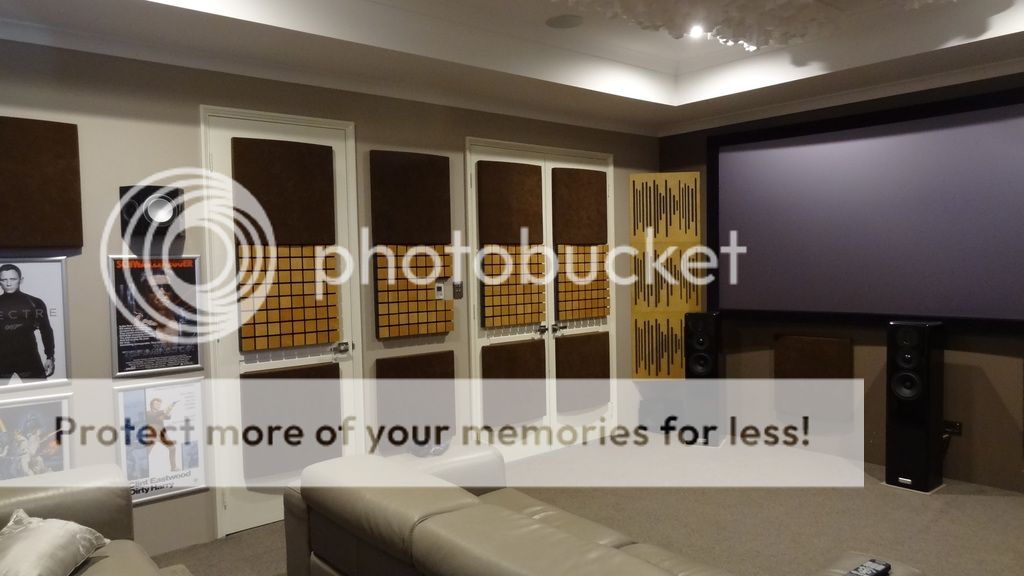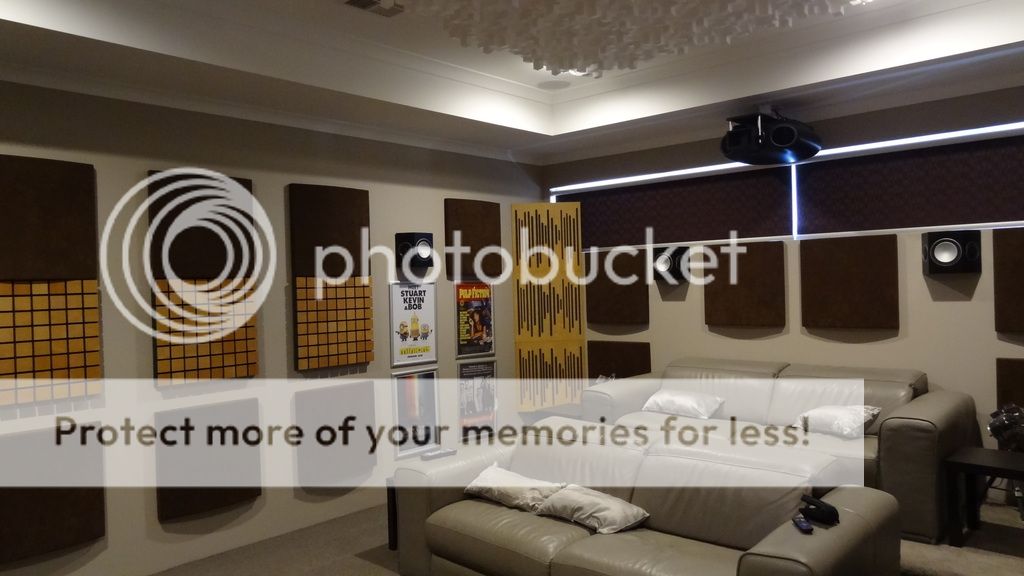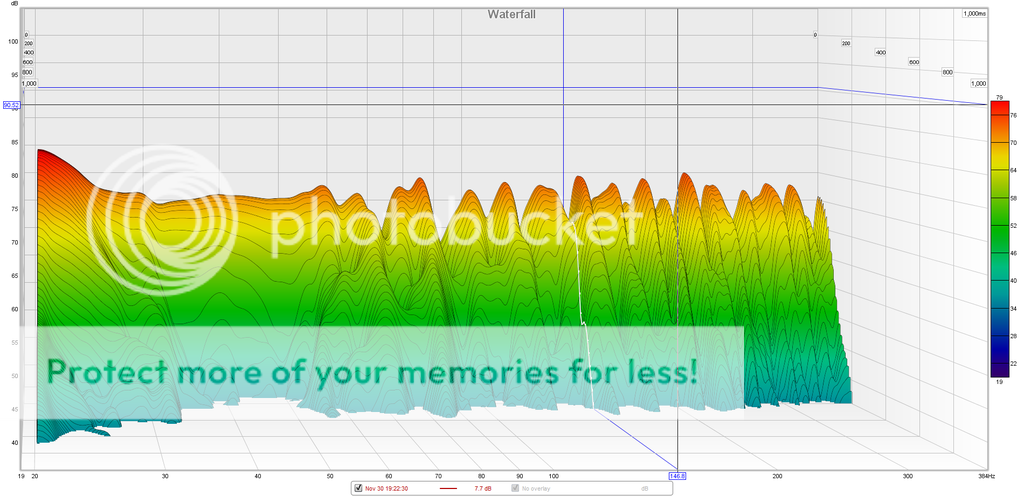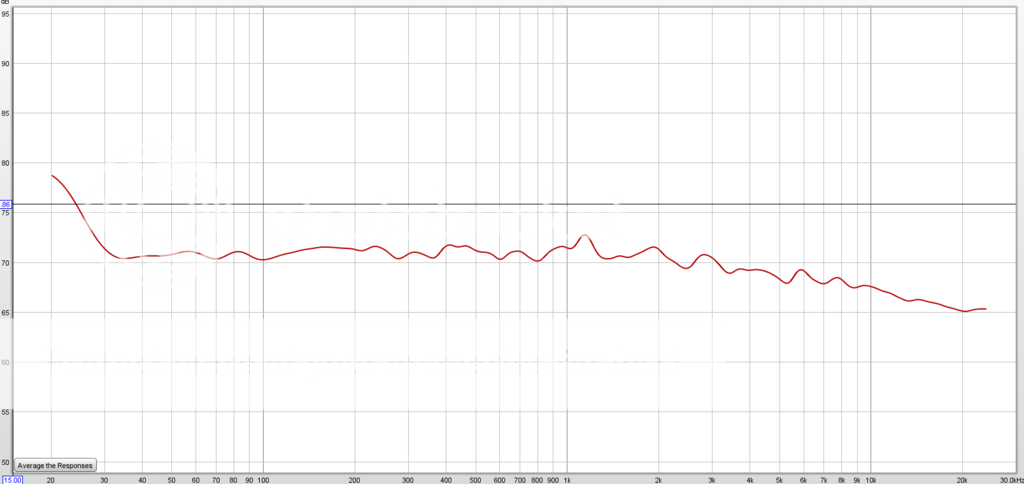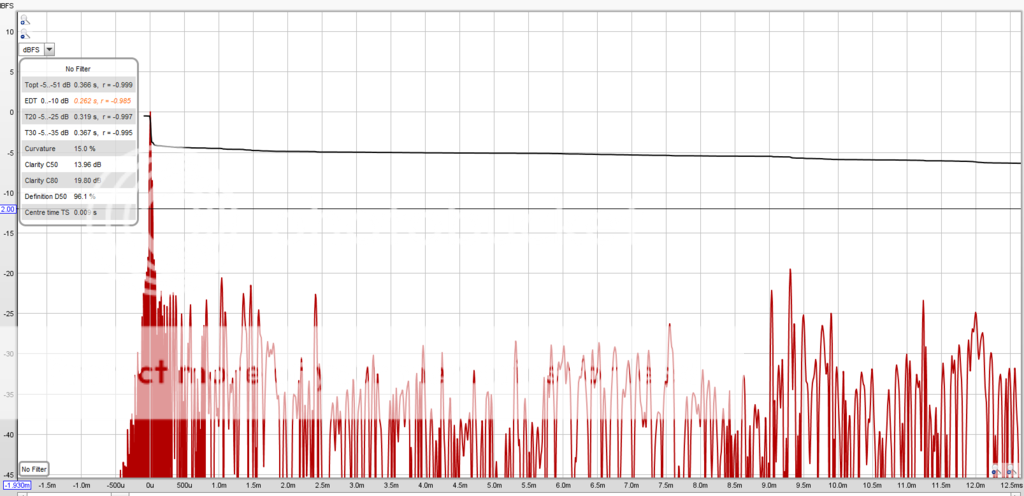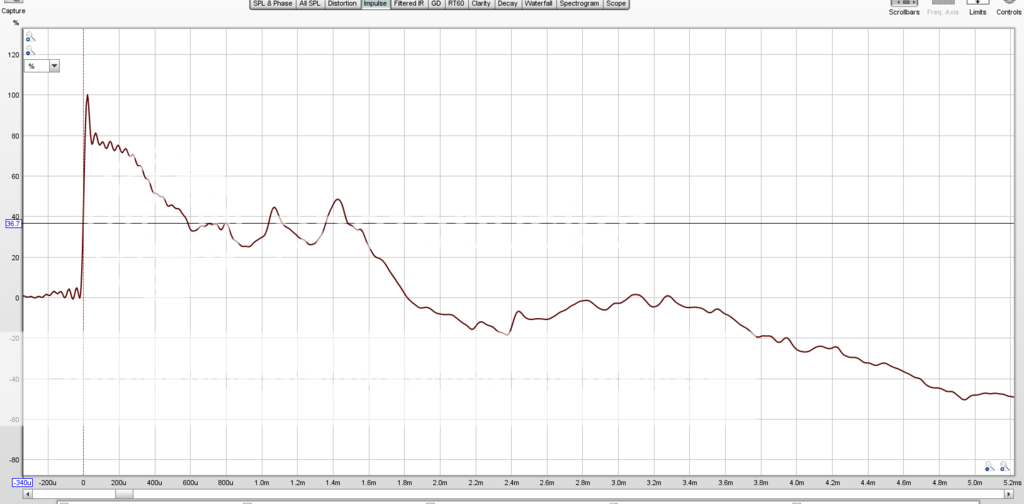That’s impressive. Can you tell me more about how you did it?
OK back to your question. Here is a brief description. Luckily I have a dedicated theatre / listening room. About 6*4.5*2.7m size. First item was passive acoutic treatments. The reverberation time in the room was obviously high without so the aim was to bring it down as evenly as possible across the frequency range, not overdoing the absorption. Also the usual modal resonances were high too. I used products from Vicoustic.
God this forum is a PITA that you cant directly upload pictures.....
Resonant Corner traps for a general low frequency absorption-
https://www.vicoustic.com/product/super-bass-extreme
Absorbers for the mid High frequencies -
https://www.vicoustic.com/product/cinema-round-premium
Diffuser/Absorbers which appear to be discontinued by similar in performance to this alternative model -
https://www.vicoustic.com/product/wavewood
Diffuser for ceiling - also helped eliminate a flutter echo -
https://www.vicoustic.com/product/multifuser-dc2
This got the Reverberation time down pretty much within EBU studio recommendations across the frequency range without overly treating the high frequencies
This is just one sub and no EQ. During speaker dev phase with a passive XO. Much improved modal decay time over no treatments but it is still prevalent at 30 and 60Hz.
The speaker development was finished. 3 way AMT tweeter and dome mid. Sealed, fully active DSP crossover, phase linear with time alignment performed by Acourate software.
Added 4 small B&W ASW608 subs.
Atmos speakers in ceiling, theater duties with a Yamaha AV amp
Low frequencies under control. 4 subs and a dash of EQ works. 4 subs also greatly even out the bass response around the room.
How does it sound? The overwhelming feedback I get from visitors is
"I have never heard bass this tight"
" I have never heard a soundstage as wide, deep and clear"
This is an old measurement, I seem to have mislaid the current FR measurement. Basically the final correction draws a pretty flat but sloping line from 20Hz to 24 kHz, falling 10dB.
All reflections with the first 10ms are at least 20dB down
need to work a little on the impulse response and get the subs better aligned.
without measurements you have no idea where you are. Its just guesswork.
Just a final note, there are only 3 bass traps in each corner. It would have been more effective with 4 and thats what I would recommend for this model. reason it ended up 3 was that when the house was built I was a dumbass and put electrical sockets right in the way

and couldnt fit 4 in.



